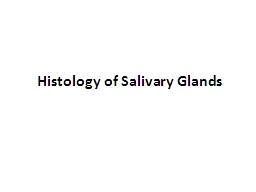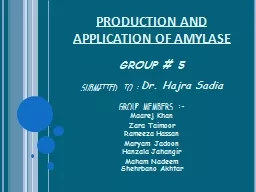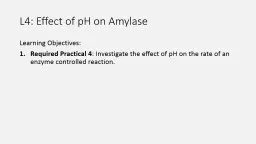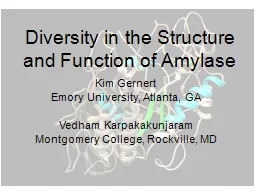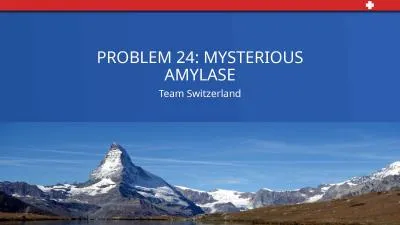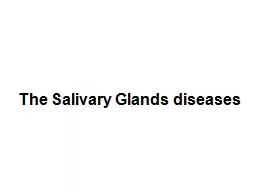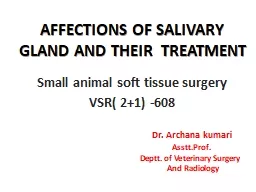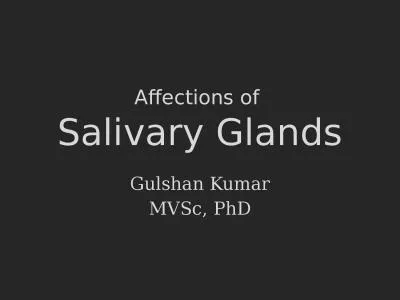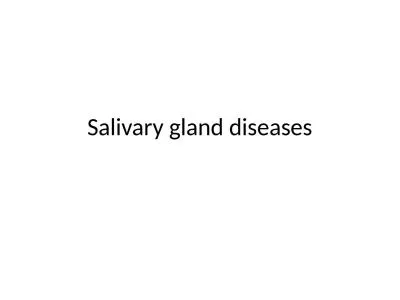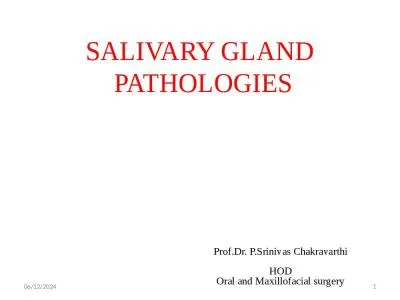PPT-Exp#1 the hydrolytic activity of salivary amylase on starch
Author : vivian | Published Date : 2022-06-07
CLS 282 Haifa Altwijri Daheeya Alenazi 1442 H introduction In our bodies there are organic and inorganic compounds Organic compounds include protein fat carbohydrates
Presentation Embed Code
Download Presentation
Download Presentation The PPT/PDF document "Exp#1 the hydrolytic activity of salivar..." is the property of its rightful owner. Permission is granted to download and print the materials on this website for personal, non-commercial use only, and to display it on your personal computer provided you do not modify the materials and that you retain all copyright notices contained in the materials. By downloading content from our website, you accept the terms of this agreement.
Exp#1 the hydrolytic activity of salivary amylase on starch: Transcript
Download Rules Of Document
"Exp#1 the hydrolytic activity of salivary amylase on starch"The content belongs to its owner. You may download and print it for personal use, without modification, and keep all copyright notices. By downloading, you agree to these terms.
Related Documents


